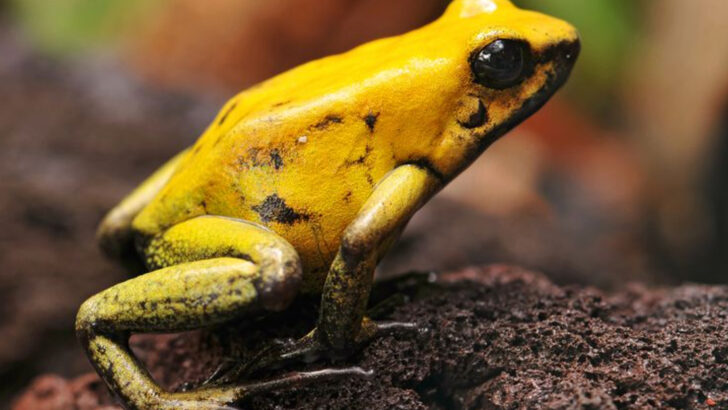Some animals don’t hide—they shine.
In the wild, yellow isn’t just a color. It’s a statement. It screams “Look at me!” or whispers “Stay back.” From jungle canopies to coral reefs, these glowing creatures light up their world like sparks of sunlight come to life.
Whether it’s a bird that blazes through the sky or a frog that warns with its golden skin, yellow animals are anything but subtle. They dazzle. They stun. They make nature look like it dipped a brush in sunshine and went wild.
Every flash of yellow tells a story—of survival, beauty, or boldness.
Here are 14 yellow animals that glow like living sunlight in the wild. Prepare to be amazed.
Golden Poison Dart Frog
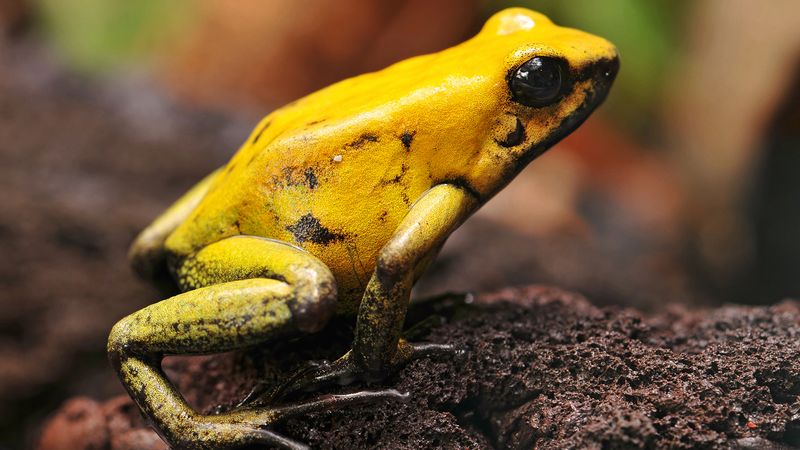
With its eye-catching hue, the Golden Poison Dart Frog isn’t one to be missed. Found in Colombia’s rainforests, this frog’s brilliant yellow warns predators of its toxicity. Despite its size, it carries enough poison to deter any unwelcome guests.
The frog’s bright color is both a defensive mechanism and a fascinating adaptation to its environment. Its presence in the ecosystem is crucial, acting as both predator and prey.
Did you know? The indigenous Emberá people have used their poison for hunting for centuries, a testament to the frog’s powerful presence in its habitat.
Yellow Seahorse
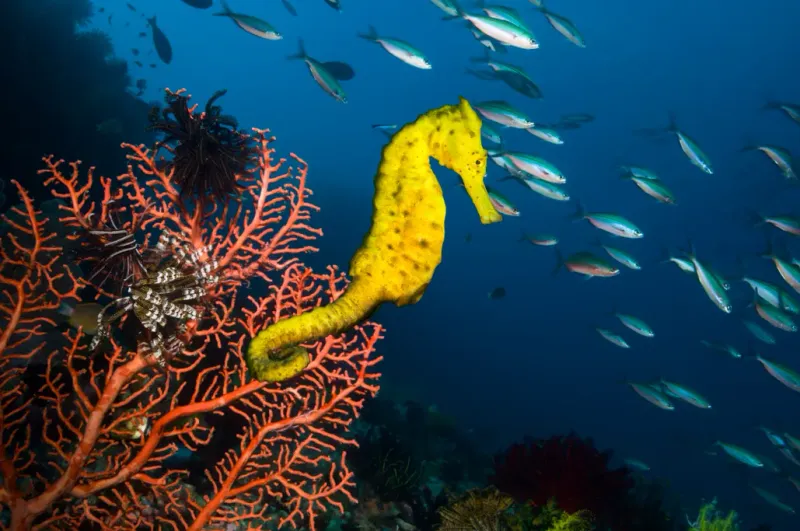
In the underwater world, the Yellow Seahorse offers a unique splash of color. Its delicate frame, often hidden among seaweed, is a marvel of marine adaptation. Found in shallow tropical waters, these creatures are expert camouflagers.
Seahorses engage in a captivating courtship dance, intertwining their tails and synchronizing movements. This ritual signifies the start of a beautiful bond.
Despite their fragile appearance, seahorses are tenacious survivors. The male carries the young, a rarity in the animal kingdom, showcasing an intriguing twist on traditional roles.
Yellow Tang Fish
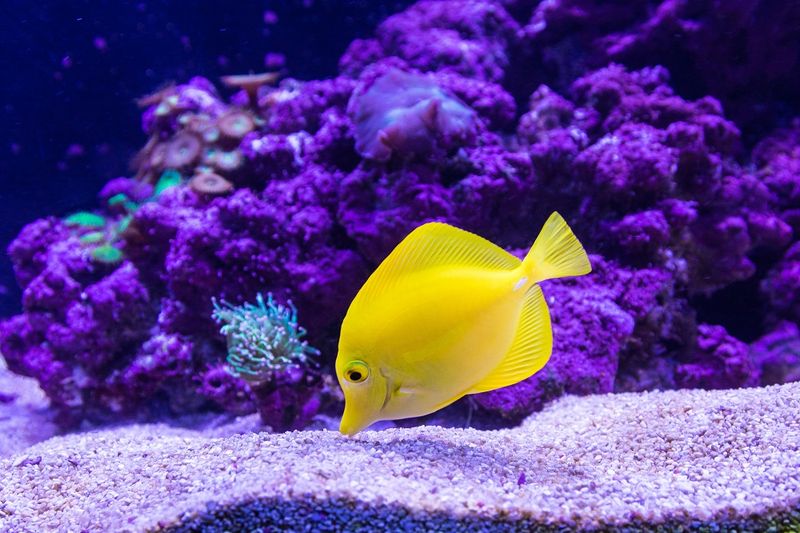
The Yellow Tang Fish glides through the coral reefs with elegance. Its vibrant yellow color not only attracts divers but also serves as a signal of its health. Native to the Pacific Ocean, these fish are a staple in aquariums worldwide.
Their diet consists mainly of algae, helping maintain the oceanic ecosystem’s balance. They are often seen darting through corals, a sight that captivates all who encounter them.
Yellow Tangs are social creatures, often found in groups, adding a lively splash to the ocean’s palette. Their presence is both ornamental and ecological.
American Goldfinch
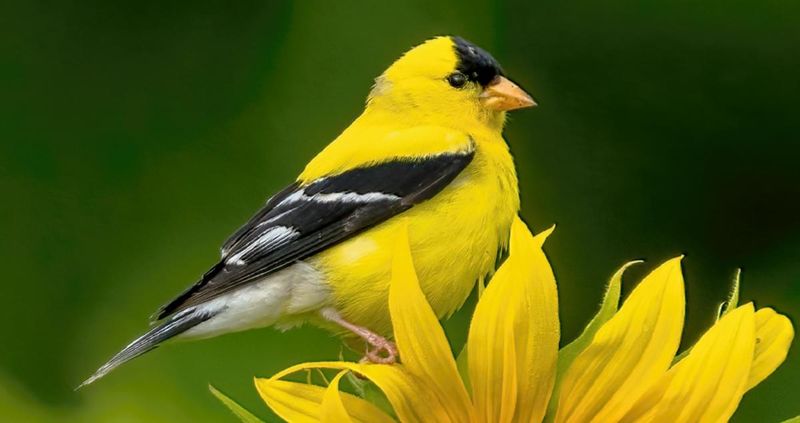
The American Goldfinch, with its sunshine-yellow plumage, is a cheerful sight across North America. These small birds are known for their agile flight and melodic songs, bringing life to meadows and gardens.
Their diet is primarily seeds, which they skillfully extract from thistles and sunflowers. During the breeding season, the male displays vibrant colors to attract a mate.
Goldfinches are symbols of joy and positivity, often associated with the arrival of summer. Their cheerful demeanor and vibrant appearance make them a favorite among birdwatchers.
Yellow Warbler
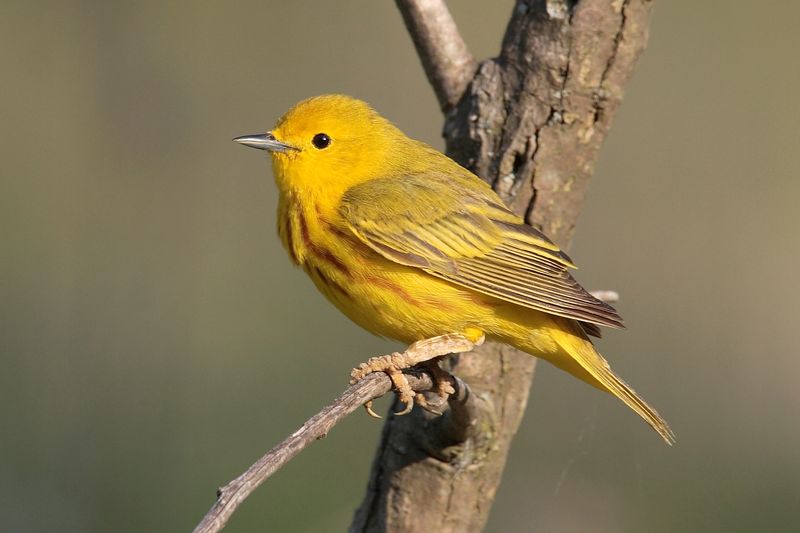
The Yellow Warbler’s sweet song is a herald of spring. With its bright yellow feathers, it stands out among the greenery, a beacon of warmth and vitality. These birds migrate vast distances, with some traveling from South America to North America.
Their nesting habits are unique, often building nests in shrubs and small trees. This adaptability allows them to thrive in various habitats.
Known for their persistent singing, Yellow Warblers bring a musical charm to their surroundings, captivating both the ear and the eye with their delightful presence.
Yellow Anaconda
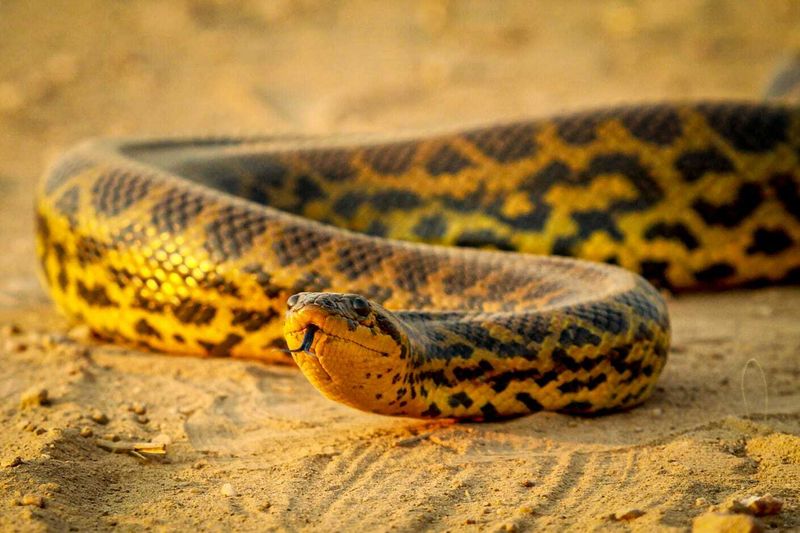
Amidst the dense foliage of the Amazon, the Yellow Anaconda moves with silent grace. This formidable reptile, with its striking yellow and black pattern, commands attention and respect.
Unlike its larger cousin, the green anaconda, this species is more elusive, often found near water sources. Their diet includes fish, birds, and small mammals, showcasing their adaptability as hunters.
The Yellow Anaconda plays a pivotal role in its ecosystem, controlling the population of various species. Its presence is a testament to the rich biodiversity of the Amazon.
Yellow Butterfly
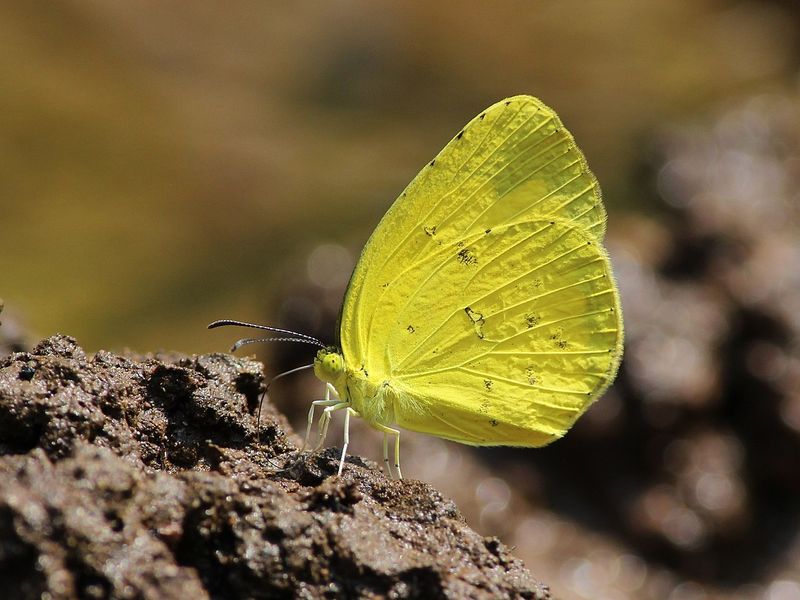
The sight of a Yellow Butterfly fluttering through a meadow is like witnessing a piece of sunshine take flight. Their wings, painted in shades of yellow and sometimes streaked with black, are a marvel of nature.
Butterflies play a crucial role in pollination, visiting flowers in search of nectar. Their delicate dance from bloom to bloom is essential for the health of ecosystems.
These creatures symbolize transformation and hope, often inspiring art and literature. Despite their ephemeral lives, butterflies leave a lasting impact on the world around them.
Yellow-Bellied Marmot
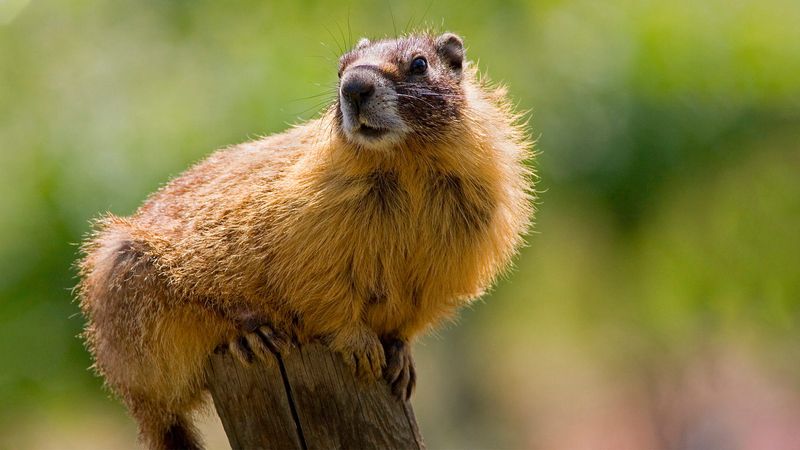
In the mountainous terrains of North America, the Yellow-Bellied Marmot suns itself on rocky outcrops. Known as the ‘whistle pig’ for its distinctive warning call, it is a social creature with a curious nature.
Marmots hibernate for much of the year, emerging in spring to feast on flowers and grasses. Their burrows, complex and shared with family groups, serve as both homes and escape routes.
These marmots play a vital role in their environment, influencing vegetation growth and serving as prey for larger predators. Their presence is a testament to alpine adaptability.
Yellow Boxfish
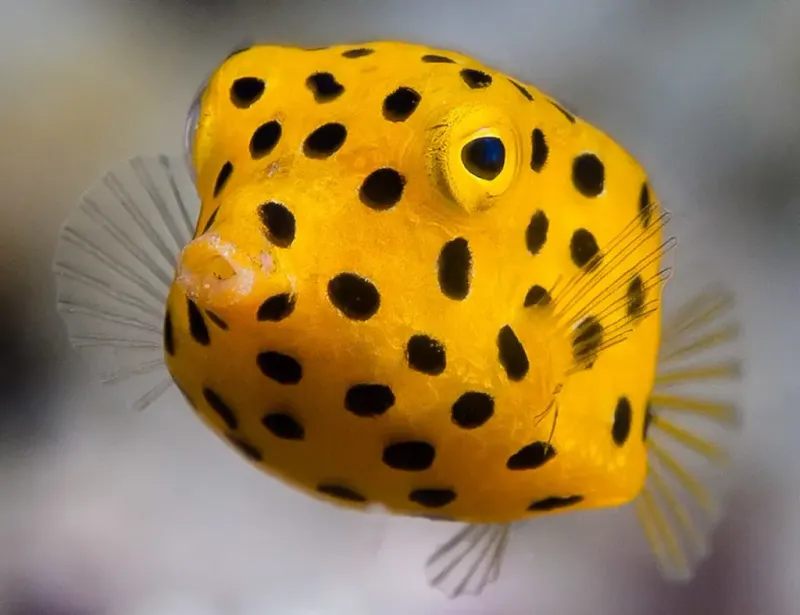
The Yellow Boxfish is an oceanic oddity with its cubic shape and vivid coloration. Found in coral reefs, this fish’s design is both intriguing and functional.
Their bodies are covered in a protective armor of hexagonal scales, and they release toxins when threatened, a remarkable defense mechanism. Despite their awkward shape, boxfish are agile swimmers.
These fish contribute to the reef’s biodiversity, playing a role in the complex marine ecosystem. Their striking appearance is a reminder of nature’s creativity and adaptability.
Yellow Spotted Salamander
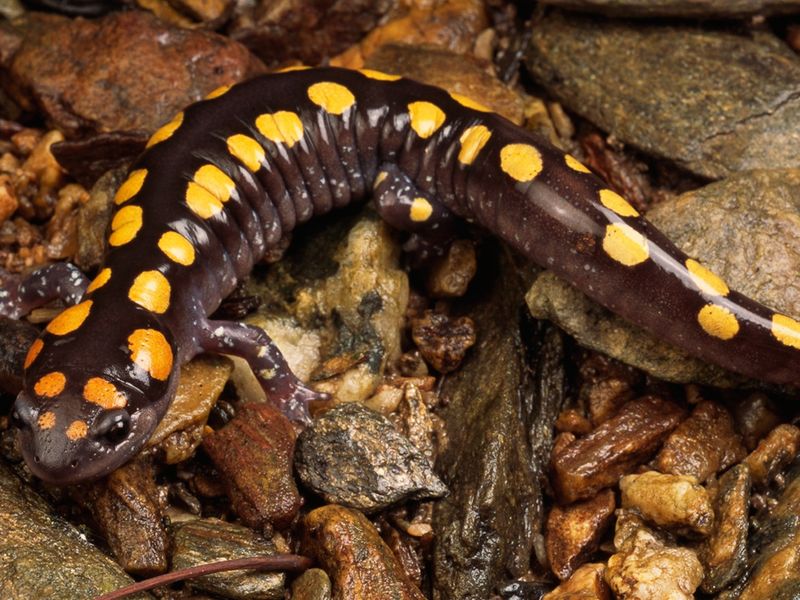
The Yellow Spotted Salamander is a night-time wanderer, often seen after rain showers in North American woodlands. Their black bodies dotted with yellow spots are a visual spectacle.
These amphibians spend much of their lives underground, emerging to breed in vernal pools. This unique life cycle ensures their survival in diverse conditions.
Salamanders are vital indicators of environmental health, with their presence often reflecting the state of their habitat. Their mysterious allure and ecological importance make them fascinating subjects of study.
Yellow Mongoose
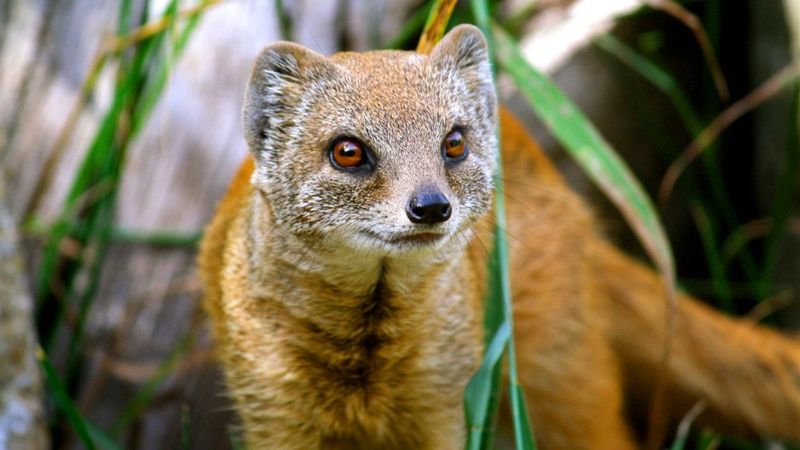
In the southern African savannas, the Yellow Mongoose stands as a vigilant sentinel. With its golden coat blending seamlessly into the landscape, it is both predator and prey.
These mongooses live in complex social structures, foraging for insects and small vertebrates. Their keen senses and agility make them effective hunters.
Yellow Mongooses influence their environment by controlling insect populations and serving as prey for larger carnivores. Their dynamic social behavior and adaptability are key to their survival.
Yellow Wagtail
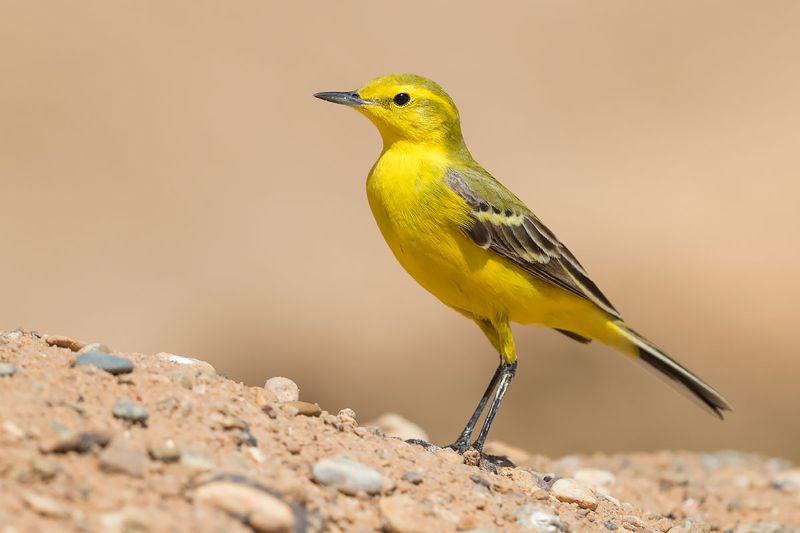
The Yellow Wagtail dances through European and Asian landscapes with an unmistakable flair. Known for its long tail and vibrant yellow feathers, it is a symbol of grace in motion.
These birds frequent grasslands and wet meadows, where they catch insects mid-flight. Their constant tail-wagging behavior is both unique and endearing.
Wagtails are migratory, traveling long distances between breeding and wintering grounds. Their journeys highlight the interconnectedness of ecosystems across continents.
Yellow Box Turtle
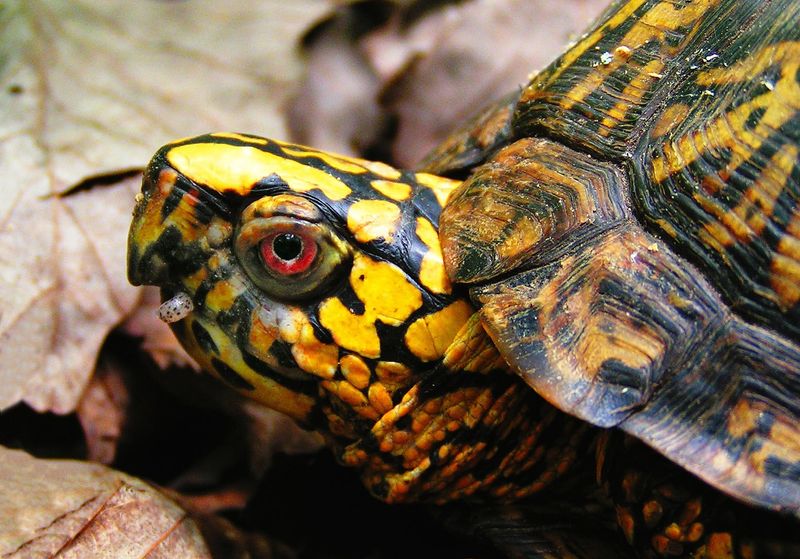
With a unique yellow pattern on its shell, the Yellow Box Turtle is a marvel of the reptile world. Its striking appearance is not just for show; it serves as a great camouflage among the fallen leaves of its habitat.
These turtles are primarily found in moist forests, where they play a vital role in the ecosystem by aiding in seed dispersal and maintaining the balance of their environment.
Interestingly, the Yellow Box Turtle’s shell is not only a defense mechanism but also a part of its vertebrae, showcasing an incredible evolutionary adaptation.
Banana Slug
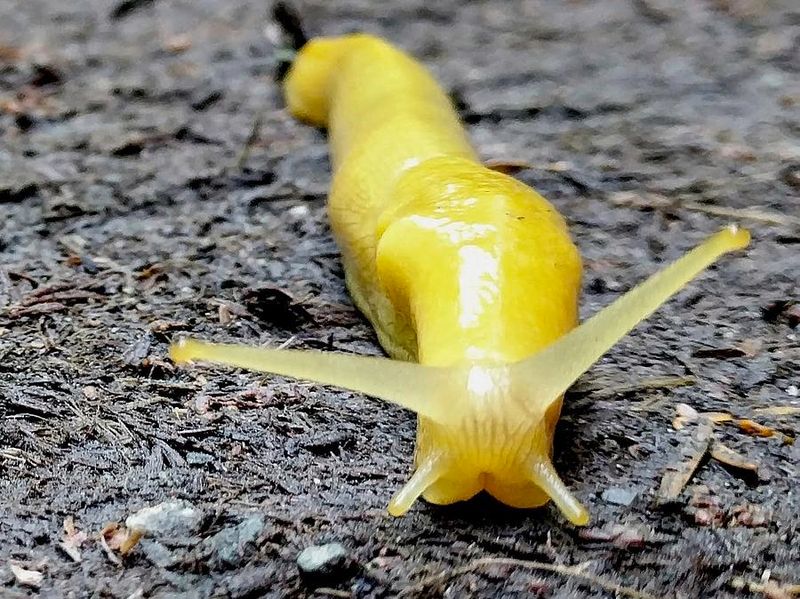
The banana slug, with its striking yellow appearance, glides gracefully across moist forest floors. Its vibrant color isn’t just for show; it acts as a warning to predators of its distasteful nature. Interestingly, this gastropod can be found in the damp, lush forests of North America.
Despite its slow pace, the banana slug plays a crucial ecological role by decomposing dead plant material, which enriches the soil. This peculiar creature, often reaching up to ten inches in length, can live up to seven years. Its bright color and unique habitat make it a fascinating subject for nature enthusiasts.
Did you know? Some banana slugs can actually change colors depending on their diet and moisture levels, adding another layer of intrigue to this already captivating creature.

